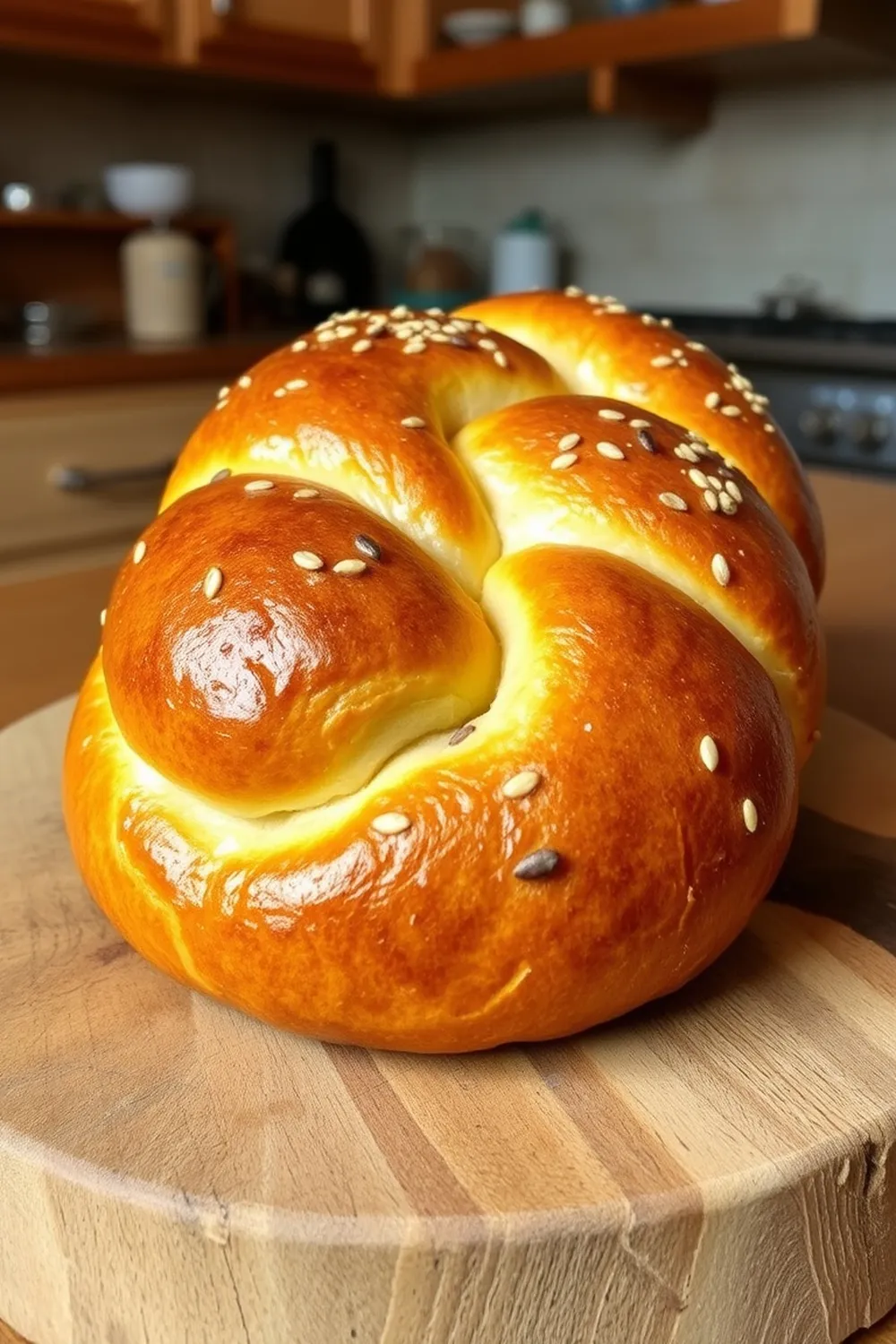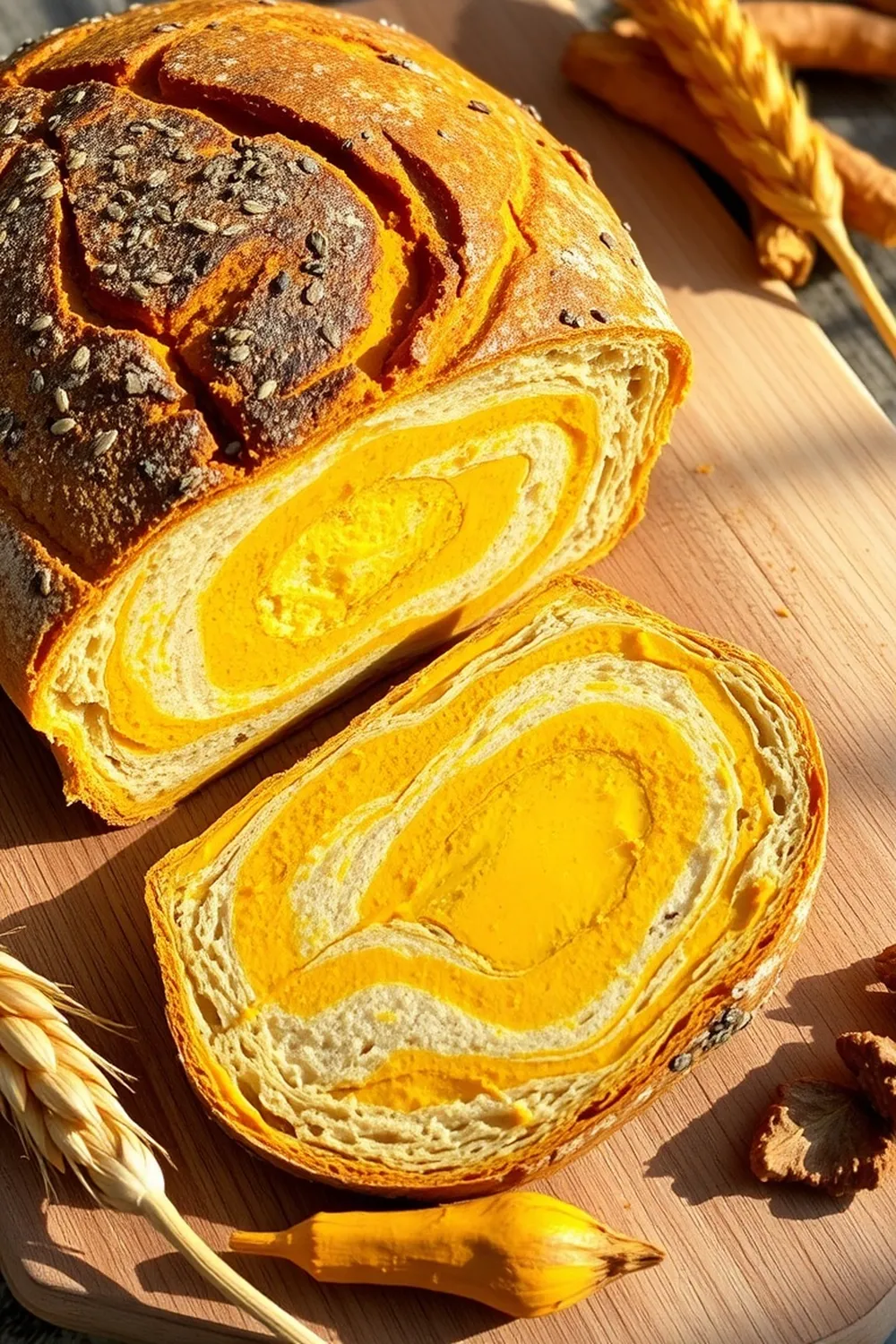- Dissolve yeast in 2 tablespoons of warm water and let it sit for 5-10 minutes until foamy.
- In a large bowl, combine oil, salt, sugar, and boiling water. Stir until sugar dissolves. Add milk to cool the mixture to lukewarm.
- Mix in the yeast solution. Gradually add flour and knead until a slightly sticky dough forms. Transfer to a greased bowl, cover, and let rise in a warm place for 1-1.5 hours, or until doubled in size.
- Preheat oven to 190°C (375°F). Transfer dough to a greased baking dish. Bake for 20-25 minutes until golden brown. Let cool before slicing.
- Calories:1400 kcal25%
- Energy:5857 kJ22%
- Protein:15 g28%
- Carbohydrates:250 mg40%
- Sugar:8 mg8%
- Salt:400 g25%
- Fat:8 g20%
Last Updated on 3 months by Neha Deshmukh
Easy Maida Bread Recipe – Indian Style Milk & Yeast Bread
Hey everyone! If you’re anything like me, the smell of freshly baked bread is pure comfort. I remember the first time I tried making bread – it felt a little daunting, honestly! But this Maida bread recipe? It’s seriously easy, and the result is a soft, fluffy loaf that’s perfect with a cup of chai or just a simple spread of butter. It’s an Indian-style bread, using maida flour, and it’s become a staple in my kitchen. Let’s get baking!
Why You’ll Love This Recipe
This Maida bread is a winner for so many reasons. It’s incredibly soft, thanks to the milk and yeast combination. It’s also surprisingly simple to make, even if you’re new to baking. Plus, it’s a fantastic way to enjoy a taste of Indian-inspired baking at home. It’s a comforting, versatile bread that the whole family will love.
Ingredients
Here’s what you’ll need to whip up this delicious loaf:
- 1 cup maida or plain flour (about 120g)
- 1 tbsp yeast (about 7g)
- 1 tbsp oil (about 15ml)
- 1 tbsp sugar (about 12g)
- ¾ tbsp salt (about 6g)
- 4 tbsp milk (about 60ml)
- 4 tbsp boiling water (about 60ml)
Ingredient Notes
Let’s talk ingredients for a sec – a few little things can make all the difference!
Maida Flour: Understanding Its Use in Indian Baking
Maida is a finely milled wheat flour commonly used in Indian cooking. It creates a really soft and tender crumb, perfect for breads and pastries. If you can’t find maida, you can substitute with all-purpose flour, but the texture might be slightly different.
Yeast: Choosing the Right Type for Soft Bread
I usually use instant dry yeast because it’s super convenient – no proofing needed! But active dry yeast works too, just make sure to activate it in warm water with a pinch of sugar for about 5-10 minutes before using.
Oil: Selecting the Best Oil for Flavor and Texture
You can use any neutral-flavored oil like sunflower, vegetable, or canola oil. I sometimes like to use a little melted butter for extra richness, but oil keeps it nice and soft.
Regional Variations in Indian Bread Making
Indian bread making is so diverse! You’ll find everything from fluffy naan to whole wheat rotis. This Maida bread leans towards a softer, more Western-style loaf, but it’s influenced by the Indian use of milk and the gentle kneading technique. Some families even add a touch of cardamom or nigella seeds for extra flavour!
Step-By-Step Instructions
Alright, let’s get down to business!
- First, dissolve the yeast in 2 tablespoons of warm water and let it sit for about 5 minutes. You’ll know it’s ready when it gets nice and frothy.
- In a large bowl, combine the oil, salt, and sugar with the 4 tablespoons of boiling water. Give it a good stir until the sugar dissolves. Then, add the milk to cool the mixture down to room temperature – you don’t want to kill the yeast!
- Now, pour in that bubbly yeast mixture. Gradually add the maida flour, mixing as you go. Once it starts to come together, it’s time to get your hands dirty! Knead the dough until it forms a sticky dough.
- Lightly grease a bowl with oil, transfer the dough, and cover it with a clean cloth. Let it rise in a warm place for about an hour, or until it’s doubled in size.
- Preheat your oven to 200°C (390°F). Gently transfer the dough to a greased baking dish.
- Bake for 20-25 minutes, or until the bread is golden brown and sounds hollow when tapped. Let it cool completely before slicing and enjoying!
Expert Tips
A few little secrets to help you nail this recipe:
Kneading the Dough for the Perfect Texture
Don’t be afraid to really get in there and knead! It develops the gluten, which gives the bread its structure. If the dough is too sticky, add a tiny bit more flour, a tablespoon at a time.
Achieving the Right Rise: Temperature and Humidity
Warmth is key for a good rise. A slightly warm oven (turned off, of course!) or a sunny spot works wonders. Humidity can also affect the rise, so adjust the flour slightly if needed.
Baking to Golden Perfection: Oven Temperature and Timing
Every oven is different, so keep an eye on the bread during baking. If it’s browning too quickly, lower the temperature slightly.
Variations
Want to get creative? Here are a few ideas:
Vegan Maida Bread Adaptation
Simply substitute the milk with plant-based milk like almond or soy milk.
Gluten-Free Maida Bread (Using Alternative Flours)
While this recipe traditionally uses maida, you can experiment with gluten-free flour blends. Be aware the texture will change, and you might need to adjust the liquid.
Spice Level: Adding Flavored Oils or Seeds
I love adding a teaspoon of garlic-infused oil to the dough for a savory twist. You can also sprinkle sesame seeds or nigella seeds on top before baking.
Festival Adaptations: Bread for Special Occasions
During festivals, my family loves to add a pinch of saffron to the dough for a beautiful color and subtle flavor.
Serving Suggestions
This bread is amazing on its own, but even better with…
- A generous smear of butter and jam
- Served alongside a hearty Indian curry
- Toasted and topped with avocado and a sprinkle of chili flakes
- Simply enjoyed with a warm cup of chai!
Storage Instructions
Store leftover bread in an airtight container at room temperature for up to 2 days. For longer storage, slice and freeze it – it thaws beautifully!
FAQs
Got questions? I’ve got answers!
What is Maida and is it different from all-purpose flour?
Yes, maida is a refined wheat flour that’s much finer than all-purpose flour. It results in a softer texture, but all-purpose flour can be used as a substitute.
Can I use warm milk instead of boiling water?
You can, but the boiling water helps to create a softer crumb. The contrast in temperature also activates the yeast effectively.
How do I know when the dough has risen enough?
The dough should have doubled in size and feel light and airy. Gently poke it with your finger – if the indentation slowly springs back, it’s ready!
My bread is dense, what could have gone wrong?
A few things! The yeast might have been old, the dough might not have risen enough, or you might have added too much flour.
Can this bread be made in a bread machine?
Absolutely! Follow your bread machine’s instructions for yeast breads, and use the dough setting.










